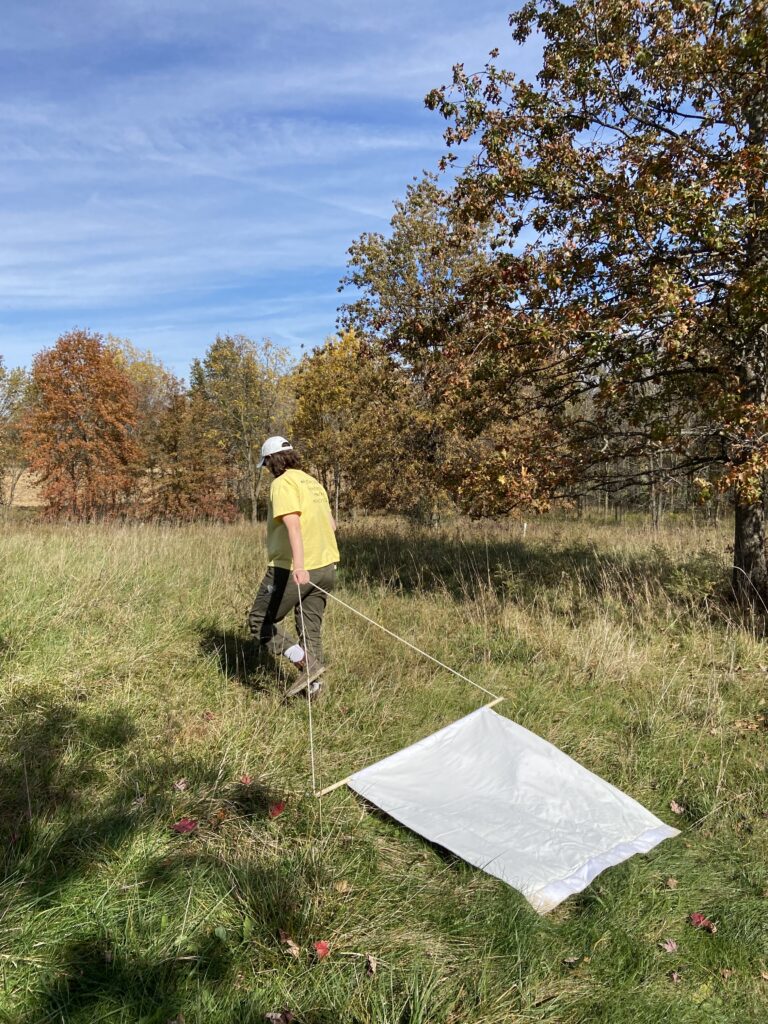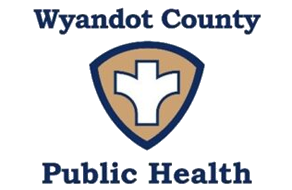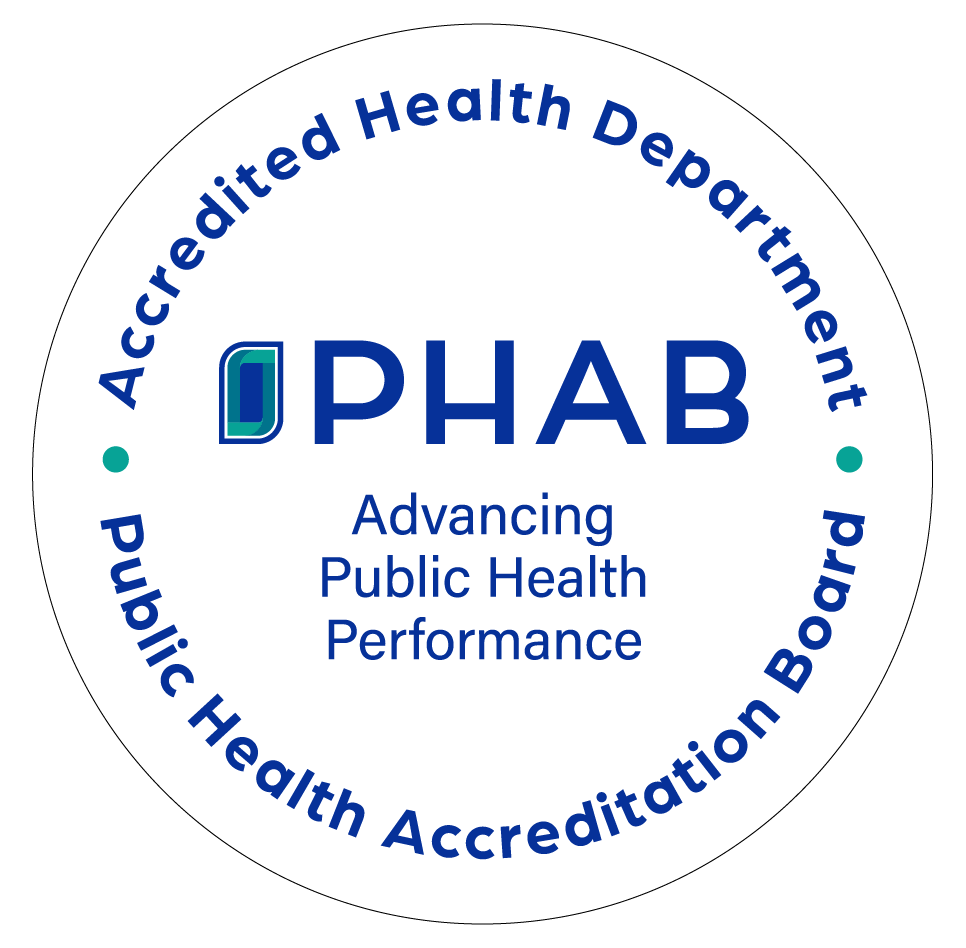
As part of its vector-borne disease prevention focus, the environmental health division of Wyandot County Public Health is currently conducting tick drags around the county to monitor tick populations.
The tick drags are conducted with permission on private properties and public lands with the goal of finding tick specimens to be sent to the Ohio Department of Health for identification. Different ticks have the potential to carry different diseases that, when contracted, are harmful to the health of humans and pets. Through monitoring, WCPH can assess which ticks pose potential risks to the health of those who live, work, and play in Wyandot County.
The public can also assist in these efforts by bringing intact ticks that they find on their properties or on their bodies or pets to Wyandot County Public Health. Ticks should be enclosed in a sealed bag or container. Ticks are sent to ODH for identification but are not tested for diseases. The public will be asked when and where the tick was encountered and if it was attached (biting) a host.
This time of year, blacklegged (deer) ticks are active and most often found in woody and brushy areas. Though blacklegged ticks may be active any time temperatures are above freezing, their peak activity occurs when nymphs are looking for a host in May and June and again in the fall during October and November when adult ticks are looking for another host before the cold winter weather sets in. They are known to attach to white-footed mice, deer mice, chipmunks, shrews, white-tailed deer, and humans.
Infected Blacklegged ticks can transmit Lyme disease, anaplasmosis, babesiosis, and Powassan virus disease. Lyme disease cases are increasing in Ohio. Lyme disease symptoms typically begin three to 30 days after a tick bite and include a bull’s eye shaped rash, headache, fever, chills, muscle pain, joint pain, and fatigue. The distinctive rash is the most identifiable symptom of Lyme disease. Excluding the bull’s eye rash, anaplasmosis, babesiosis, and Powassan virus disease all present similarly to Lyme disease.
To prevent tick bites, stick to pathways and avoid wooded and brushy areas with tall grass and leaf litter. When spending time outdoors around tick habitats, utilize EPA-registered tick repellent containing DEET and wear protective clothing that includes long pants tucked into socks and a long-sleeved shirt tucked into the pants. Before returning inside, do a full body inspection for ticks and shower in hot water within 2 hours to further reduce the risk of tick bites. Clothing may be put in the dyer on high heat for 10 minutes to kill lingering ticks. Pets should also be thoroughly inspected before returning indoors. If an attached tick is discovered, it should be removed immediately utilizing tweezers. For assistance visit the CDC’s tick bite bot tool at bit.ly/cdctickbitebot.
@wyandothealth Yesterday our environmental health division conducted a tick drag to try to identify tick populations in the county. Help us identify local ticks by bringing any ticks you find in a sealed bag to Wyandot County Public Health. #WyandotHealth #EnvironmentalHealth #ticktok #ticksafety ♬ original sound - Wyandot County Public Health

